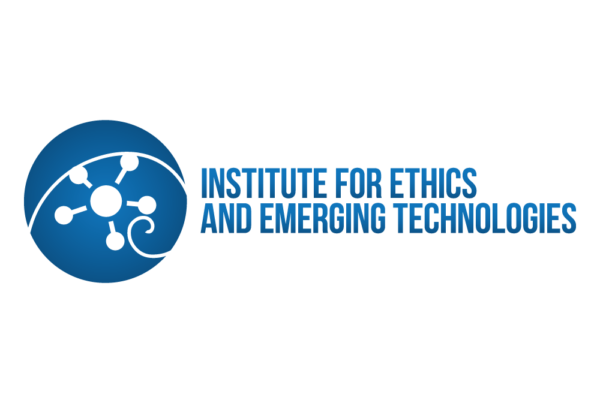What is the IEET?
The Institute for Ethics and Emerging Technologies is a nonprofit think tank which promotes ideas about how technological progress can increase freedom, happiness, and human flourishing in democratic societies. We believe that technological progress can be a catalyst for positive human development so long as we ensure that technologies are safe and equitably distributed. We call this a “technoprogressive” orientation.
